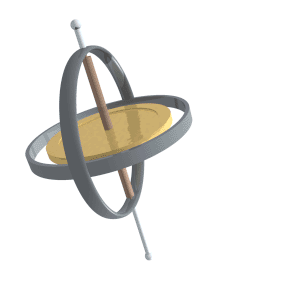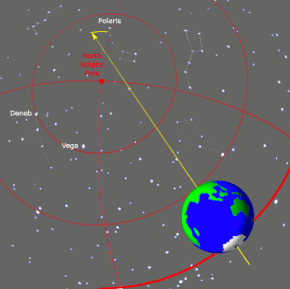How to Persuade a Skeptical Friend That the Earth is Round
Written on
Chapter 1: The Conversation Begins
While driving with a friend, we unexpectedly delved into the topic of flat Earth beliefs. To my surprise, he seemed to entertain the idea. I chuckled and pointed out clear evidence: astronauts have photographed our planet, and airplanes can ascend to a height where the Earth's curvature becomes visible. However, he dismissed these facts, claiming the images were fabricated and that the curvature was merely an optical illusion.
Reflecting on our discussion, I realized a significant flaw in our current approach to communication. We often fail to articulate the obvious because we assume it is self-evident. When challenged on straightforward concepts, frustration can ensue. If someone were to ask you why you believe the Earth is round, your response might be simply, "because it is!" While that conveys your belief, it doesn't provide a clear rationale.
This common laziness can hinder deeper exploration of seemingly simple ideas. If someone questions the curvature of the Earth or suggests that space images are false, we can turn to historical evidence for support.
Chapter 2: Historical Evidence and the Pyramids
The Egyptian pyramids and World War I artillery pieces offer compelling evidence.
The North Star, or Polaris, has long served as a reliable navigation point. However, this has not always been the case. For a significant time in ancient Egypt, Thuban was the guiding star. In approximately 12,000 years, Vega will take its place.
This phenomenon is known as the Precession of the Equinoxes, occurring because the Earth shifts its orientation relative to the stars. The Earth's rotation is not entirely stable; it has a tilt of 23.5 degrees, making it slightly oblate. The gravitational pull of the Sun and Moon induces a wobble in the Earth's rotation.

Consider a spinning top that begins to wobble. Imagine an arrow atop it tracing a conical path over thousands of years (approximately 26,000 years). This concept was first identified by the Greek astronomer Hipparchus in 129 BC, who noted the shifting positions of stars compared to earlier observations made by the Babylonians.
Interestingly, there were periods when ancient Egyptians found themselves without a fixed North Star. According to Egyptologists Toby Wilkinson and Kate Spence, the pyramids served as spiritual launch pads for pharaohs aiming to join the stars.
The pyramids were aligned with true North and were designed with star-themed titles. While all pyramids pointed North, their accuracy varied. The Great Pyramid of Giza is noted for its precision, likely due to the Egyptians using two additional stars, Kochab and Mizar, as orientation guides.

Chapter 3: The Paris Gun and Its Limitations
While we often think of space exploration starting with the space race, humans first launched a manmade object into the stratosphere in 1918. This was not a spacecraft but rather a shell fired from a massive cannon, the Paris Gun, which weighed 154 tons.
These cannons fired 265-pound projectiles over twenty-five miles into the stratosphere, reaching Paris—approximately seventy-five miles away—in just 170 seconds. The French initially mistook this for an aerial attack, only to later discover it was artillery.
Although the Germans hoped this weapon would turn the tide of the war, they quickly faced accuracy issues. The artillery shells landed unpredictably across the city, failing to hit specific targets.

According to Major Arthur F. Cassels, the shells' height allowed for greater ballistic efficiency due to reduced air resistance. However, the Germans also had to contend with the Coriolis Effect, which influences projectile motion due to the Earth's rotation.
Imagine kicking a soccer ball on a moving train; the ball's trajectory curves due to the different speeds of the trains. This effect, coupled with the immense distance the shells traveled, led to erratic landings. Without modern technology to account for these variables, the artillery commanders faced significant challenges.
Chapter 4: Reflecting on Obvious Questions
This discussion extends beyond science; it touches on human communication. We often react with frustration when confronted with questions about matters we consider obvious. However, should we question the individuals asking, or reflect on our ability to explain?
Transitioning from a martial arts student to a teacher, I learned that even seemingly "dumb" questions could lead to profound insights. Engaging with inquiries about the Earth's shape can foster a deeper understanding of history and science.
In conclusion, this article aims to assist you in addressing a skeptical friend's doubts regarding the Earth's shape or, at the very least, encourage you to thoughtfully respond to what you perceive as "obvious" questions.
This first video, titled "10 Flat Earth Arguments DEBUNKED," offers a comprehensive breakdown of common flat Earth claims and provides scientific rebuttals.
The second video, "How to Debate a Flat-Earther - Ask a Spaceman!" shares effective strategies for engaging in discussions with flat Earth proponents, equipping you with the tools to defend your views effectively.